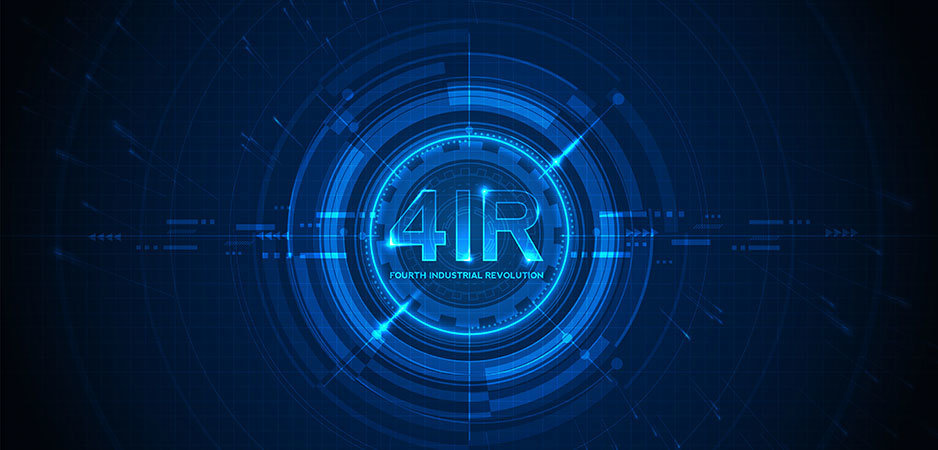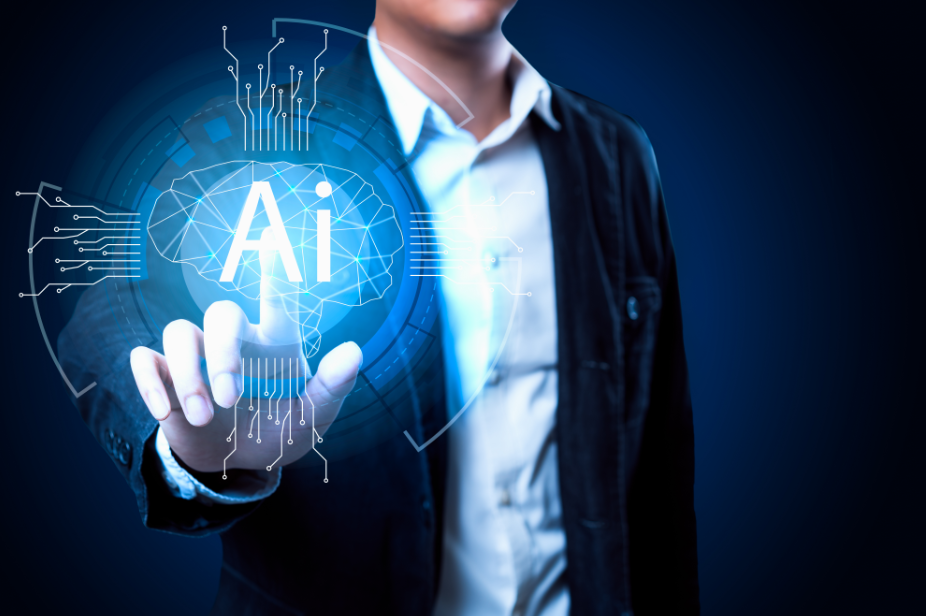What is the Fourth Industrial Revolution?
Characterized by a fusion of technologies that are erasing the lines between the physical, the digital and the biological ”. But ... how did we get here? Let's quickly review the history and significant industrial revolutions to understand the progress we have made in business and industry in recent years.

As we mentioned earlier, the First Industrial Revolution used steam force to mechanize production through the invention of the steam engine. The Second brought mass production with electric power and in the Third we automated production through electronics and information technology.

What are the defining characteristics of this new era?
they are: "the speed, the scope and the impact of the systems". There is no precedent for advances similar to those we are experiencing and, more importantly, we are evolving at an exponential rate, rather than the linear pace seen in previous industrial revolutions. But not only that; "... the breadth and depth of these changes are about the transformation of complete production, management and government systems."

What technologies are characteristic of the Fourth Industrial Revolution?
The most reliable summary of the Fourth Industrial Revolution can be drawn from examining the technology that is driving it. This includes Artificial Intelligence (AI), Blockchain, quantum computing, nanotechnology, robotics, Internet of things (IoT), 3-D printing, self-sufficient vehicles and material storage. The technological advances derived from these disciplines are accentuating the possibilities, billions of people connected by mobile devices, with an unprecedented capacity for processing, storage and access to knowledge ”

How should we prepare for the Fourth Industrial Revolution?
With this movement in full swing, it is expected that the impact that the Fourth Industrial Revolution will have on business will focus on four areas: “in customer expectations, in product improvement, in collaborative innovation and in organizational forms” . But how can we work to adapt to these principles in our daily activities, especially when it comes to customer expectations? Here are some tips:
-Focus on the customer experience
-Build trust
-Update your marketing tools
-Keep a consistent message.
-Secure and protect your human resources